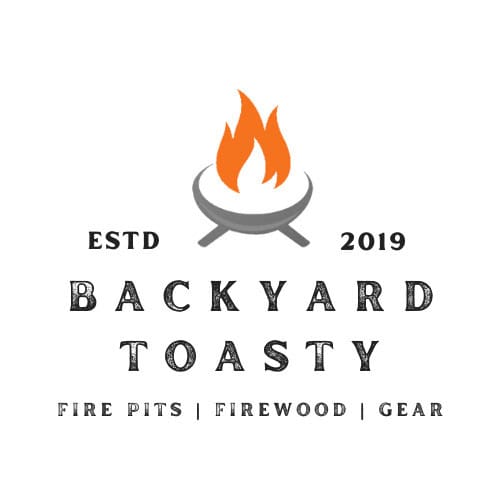
South African firewood prices for your braai and fire pit typically run from R900-1500 per cubic meter with some pretty wild seasonal price swings of up to 60% and significant regional differences depending on what wood species are available locally and how far it needs to travel.
Gauteng suppliers are telling us they’ve got 7x more demand than wood available, which shows how much South Africans have embraced outdoor living and braai culture – transforming what used to be just about heating your home into a booming recreational industry worth an estimated R2.5-3.8 billion annually.
Recent years of load shedding and energy uncertainty really shook things up by getting everyone back to traditional wood-fired cooking and heating while messing with the usual supply chains, leading to higher prices and quality concerns that we’re still dealing with in 2024-2025.
If you’re running regular braais and using firewood for heating, you’ll probably need 2-4 cubic meters per season, and here’s the good news – buying in summer or early autumn can save you 40-60% compared to those crazy winter prices.
Understanding South African firewood prices helps you time your purchases right and avoid getting burned (pun intended) by seasonal price spikes.
By the way, for an easy way to find trusted local suppliers in your area, check out our South African firewood vendor directory.
Let’s jump in!
A Note to Our South African Readers:
We’re a US-based site with significant international readership, with South Africa being one of our largest international audiences.
Therefore, we conduct thorough research on South African reports like this firewood pricing guide. However, we’ll occasionally make mistakes despite our best efforts.
We fully own any errors in our reporting. Additionally, we genuinely appreciate feedback from our South African readers to help us improve accuracy.
Your insights help us serve you and fellow readers better. Thank you for your patience and contributions!
Best regards,
– BT
- Where you live makes a huge difference to what you'll pay
- Most South African suppliers focus on traditional hardwood species
- Winter's when everyone wants firewood and braai never stops
- Sekelbos is the Rolls Royce of braai wood but takes decades to grow
- Permit requirements and alien invasive clearing are affecting availability
- Local suppliers beat retail prices by 15-30% plus you can verify permits
- Delivery services are adapting to South African logistics challenges
- Most braai enthusiasts need 2-4 cubic meters annually – buy local and verify permits
- Related Resources: South Africa Firewood Prices
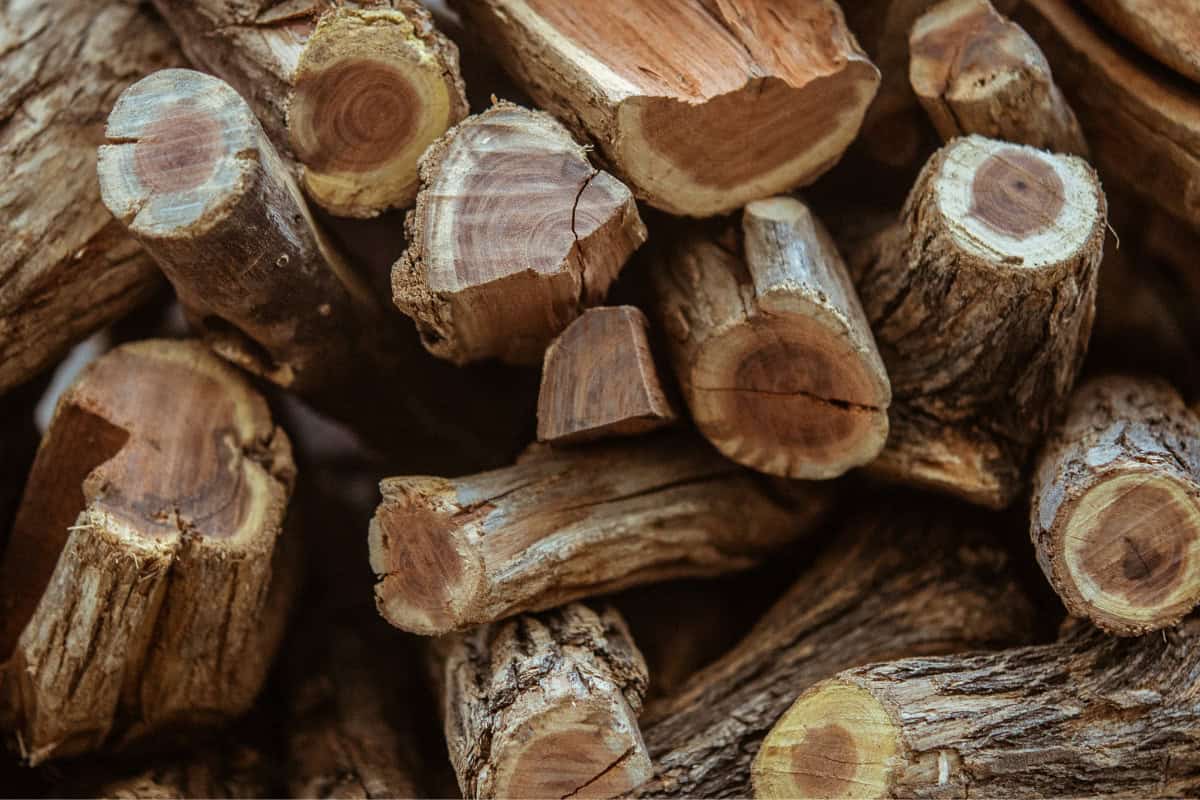
Where you live makes a huge difference to what you’ll pay
Your location seriously affects what you’ll pay for firewood across South Africa. Rural areas like Limpopo and North West have some of the best rates at R600-900 per cubic meter for mixed hardwood, while urban centers like Johannesburg and Cape Town can hit R1200-1500+ per cubic meter.
If you’re in Gauteng or Western Cape metros, expect to pay R1200-1500 per cubic meter because of transport costs and everyone wanting the same wood.
Gauteng’s got reasonable variety but higher pricing, with mixed hardwood running R1000-1300 per cubic meter delivered, while smaller bag quantities go for R30-60 each. Johannesburg area gets hit with premium pricing at R1200-1500 per cubic meter because there’s just so much demand and delivery’s expensive.
Cape Town offers pretty good value considering the distance, with Blue Gum at R900-1200 per cubic meter and mixed species between R1000-1300.
KwaZulu-Natal pricing reflects coastal transport costs, with premium Sekelbos and hardwoods available if you buy in bulk and get volume discounts. Free State and Eastern Cape keep it reasonable at R700-1100 per cubic meter, but if you’re somewhere remote in Northern Cape or rural areas, you might pay R1000-1400 because there’s not much local supply and transport costs add up.
These differences make South African firewood prices really depend on where you are.
| Province | Mixed Hardwood | Premium Hardwood | Bags (25kg) | Bakkie Load |
|---|---|---|---|---|
| Gauteng | R1000-1300 | R1300-1500 | R40-60 | R1400-1800 |
| Western Cape | R900-1200 | R1200-1400 | R35-55 | R1300-1700 |
| KwaZulu-Natal | R800-1100 | R1100-1350 | R30-50 | R1200-1600 |
| Eastern Cape | R700-1000 | R1000-1250 | R25-45 | R1100-1500 |
| Limpopo/North West | R600-900 | R900-1200 | R20-40 | R1000-1400 |
| Free State | R700-1000 | R1000-1300 | R30-50 | R1100-1500 |
| Northern Cape | R800-1200 | R1200-1400 | R35-55 | R1300-1700 |
Delivery costs really add up, running R150-300 if you’re within 30km, but stretching to R250-500 for longer regional deliveries up to 80km. Urban folks typically pay 20-40% more than rural areas because delivery’s trickier and there’s more competition for the same wood.
This explains why firewood prices in South Africa can be so different even between neighboring areas.
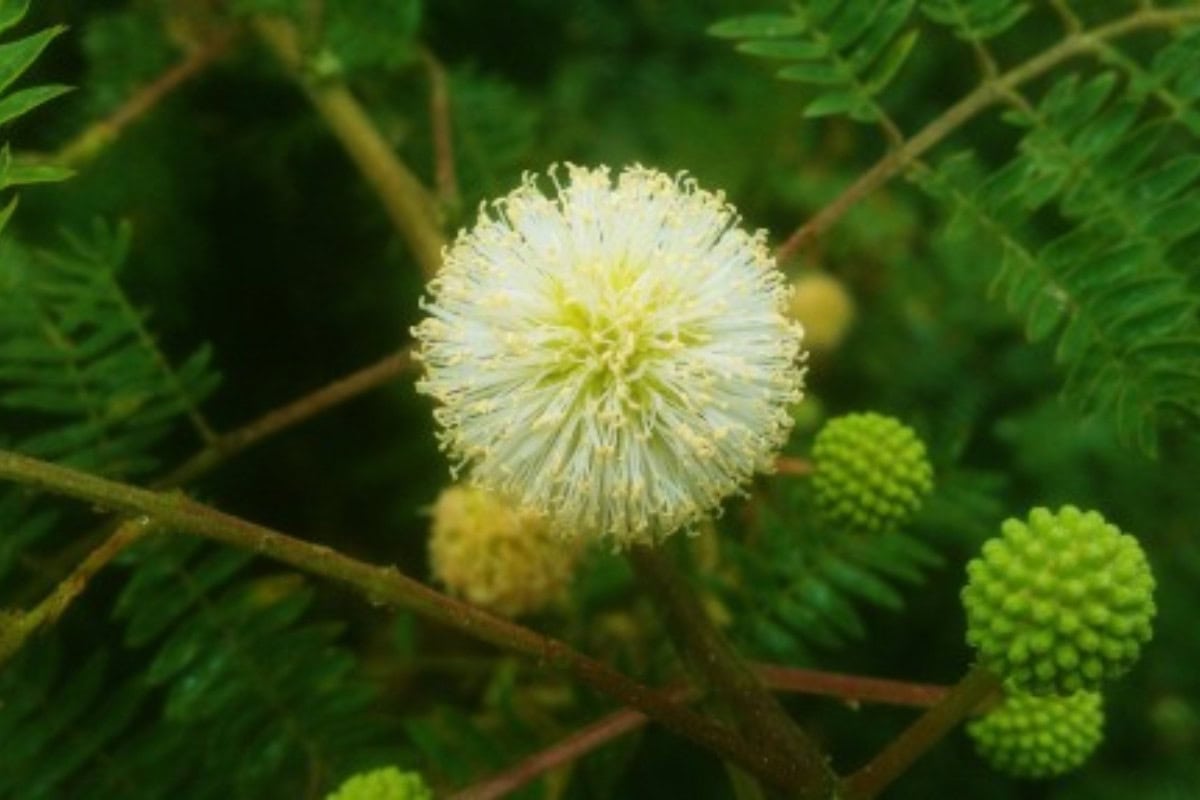
Most South African suppliers focus on traditional hardwood species
South African firewood follows industry best practices and permit requirements with how dry the wood is being the main thing that determines quality. Kiln-dried wood costs 15-25% more than regular seasoned stuff, while green (wet) wood offers 25-35% discounts if you’re happy to wait for it to dry yourself.
These quality differences are a big part of what drives South African firewood prices across different options.
What are South Africa’s firewood standards?
South Africa’s firewood industry operates under strict permit systems to combat illegal harvesting and ensure sustainable forestry practices. Standards focus on legal harvesting permits, moisture content (under 25% for seasoned firewood, under 20% for kiln-dried), and sustainable sourcing from licensed suppliers.
The industry emphasizes using invasive alien species like Blue Gum and Black Wattle, which helps with environmental management while providing excellent firewood. Premium Namibian hardwoods require special import/export permits and can only be harvested from dead or fallen trees, ensuring sustainable trade while protecting these valuable species.
Premium Namibian hardwood tier (R1400-1800+ per cubic meter) includes Sekelbos and Kameeldoring with ultra-low moisture content (0-1%) from natural desert drying. This stuff’s ready to burn immediately and gives incredible heat output perfect for serious braai sessions. Premium suppliers provide proper permits and documentation for these regulated species.
Local hardwood standard tier (R900-1300 per cubic meter) is what most people buy, featuring Blue Gum and Black Wattle at 15-25% moisture after 6-12 months of seasoning. Most South African suppliers work in this range, offering reliable burning with good heat output. Quality verification through permits ensures you’re buying legally sourced wood.
Mixed wood economy tier (R600-900 per cubic meter) works for budget-conscious buyers willing to season wood themselves or mix species. With varying moisture content, this needs proper storage but can save you serious money if you plan ahead. Proper covered storage is essential to get mixed wood ready for burning.

Winter’s when everyone wants firewood and braai never stops
Summer and early autumn are your money-saving seasons, with discounts of 40-60% compared to winter madness. A cubic meter costing R1200 during peak winter might sell for R700 during summer clearance, which is serious money in your pocket if you plan ahead. These seasonal patterns really drive firewood prices in South Africa throughout the year.
Winter peak season (May through September) is when prices shoot up because fire pit users and home heaters are all competing for the same wood, plus load shedding drives more people to wood heating.
Gauteng suppliers tell us they just can’t keep up during these months, with many completely sold out by July. Premium species like Sekelbos become super scarce, forcing you to pay more for alternatives or settle for lower quality.
Your best buying window runs October through April, when suppliers get fresh stock from summer harvesting and are competing for storage space. December through March offers the sweet spot of availability, quality, and pricing if you’re planning ahead for next winter.
Early summer buyers of green wood get maximum savings while ensuring proper drying time. Understanding these cycles and South African firewood prices patterns is key to managing costs effectively.
Different provinces see different seasonal swings – Gauteng gets hit hardest with price jumps due to high urban demand and limited local supply. Western Cape with better coastal access shows smaller fluctuations but still rewards early planning with solid savings. Braai culture means year-round demand, but winter heating creates the biggest price spikes.
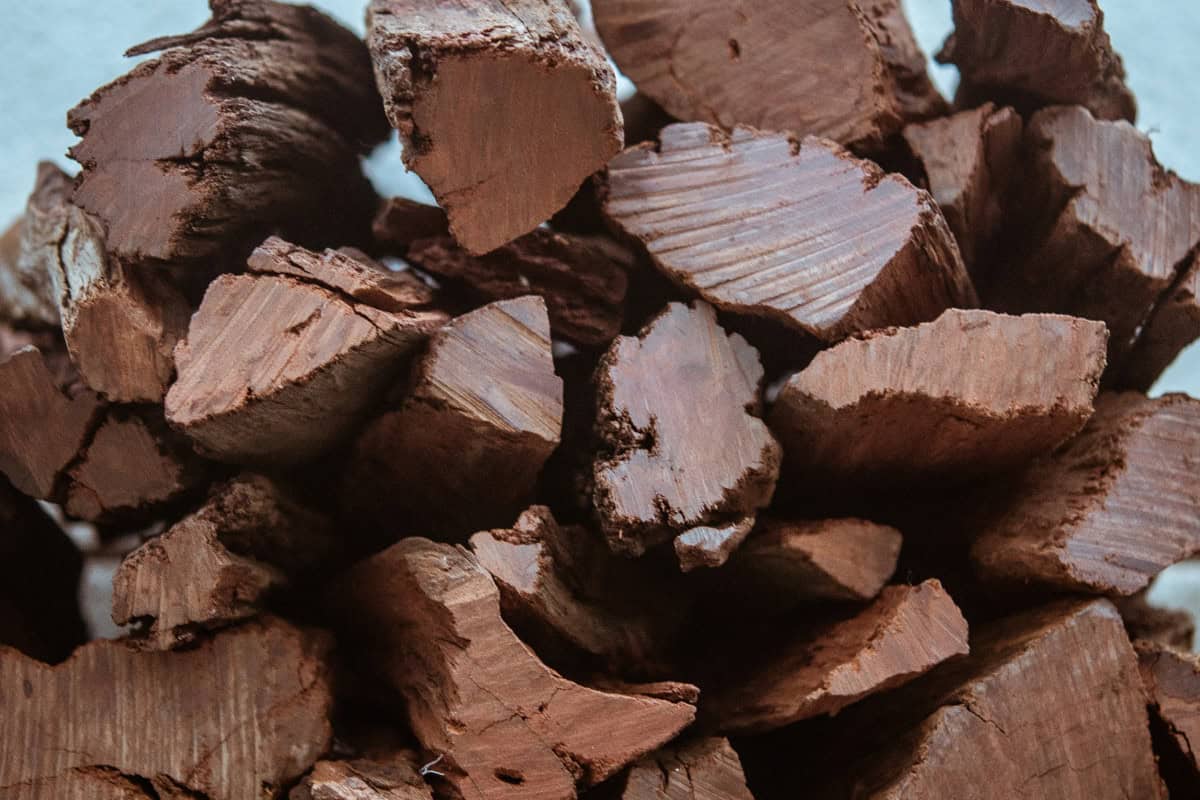
Sekelbos is the Rolls Royce of braai wood but takes decades to grow
Premium hardwood species cost more because they burn hotter and longer – perfect for serious braai sessions and heating. Sekelbos and Kameeldoring are the premium choices offering exceptional heat output and amazing flavor, which justifies paying R1400-1800+ per cubic meter for these regulated Namibian species.
What’s available locally drives pricing. Western Cape’s Blue Gum plantations keep hardwood competitive while offering good burning characteristics. Gauteng’s limited local supply creates competition, keeping prices high despite transport from other provinces.
Limpopo and North West do their own thing with local species, keeping pricing reasonable at R600-1000 per cubic meter because of shorter transport distances. What species you choose remains a major factor in firewood prices in South Africa across different provinces.
Sekelbos is the ultimate braai wood delivering exceptional burning performance at R1400-1800+ per cubic meter in urban markets. It’s naturally desert-dried to 0-1% moisture and burns incredibly hot with amazing flavor.
Kameeldoring from Namibia offers similar premium performance with that distinctive smoky aroma braai masters love.
Local hardwood does the job at reasonable pricing of R900-1300 per cubic meter. Blue Gum, Black Wattle, and Rooikraans work well for most braai and heating needs, while mixed local species provides good value for regular use at R600-900 per cubic meter.
| Species Category | Heat Output | Price Range | Best Use |
|---|---|---|---|
| Sekelbos, Kameeldoring | Premium heat | R1400-1800+ | Serious braai, maximum flavor |
| Black Wattle, Mopani | High heat | R1100-1400 | All-purpose braai & heating |
| Blue Gum, Rooikraans | Good heat | R900-1300 | General braai & fire pit use |
| Mixed Local Species | Standard burn | R600-900 | Budget-friendly option |
| Softwood/Pine | Quick burning | R400-600 | Kindling, starting fires |
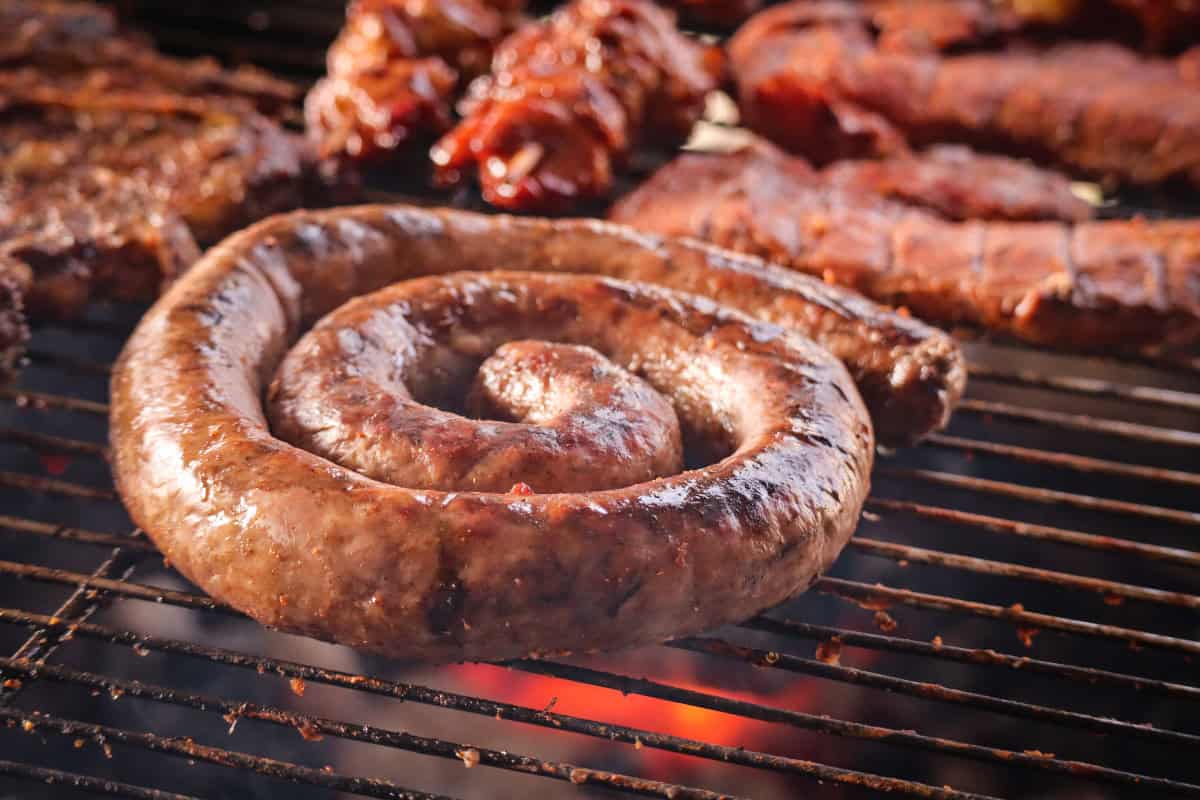
Permit requirements and alien invasive clearing are affecting availability
South Africa’s firewood market hit R2.5 billion in 2022 and should reach R3.8 billion by 2030, growing about 5.5% per year because South Africans have permanently embraced braai culture and alternative energy sources during load shedding. This recreational and backup heating demand now competes with traditional supply, creating shortages and price increases that keep pushing up South African firewood prices.
Several things are affecting wood availability and pricing. Strict permit requirements to combat illegal harvesting, alien invasive species clearing programs, and transport disruptions are affecting supply while load shedding drives more people to wood heating and cooking. Focus on sustainable harvesting creates bottlenecks for premium native species, while promoting alien invasive clearing like Blue Gum provides environmental benefits.
Government regulations are changing the game through permit requirements that ensure legal harvesting and sustainable forestry practices. Urban areas increasingly promote clean energy alternatives, but load shedding keeps driving demand for reliable wood-fired backup systems. Alien invasive clearing programs support local suppliers while providing environmental benefits.
People want better quality wood now because when you’re hosting family and friends around the braai, you want wood that lights easily, burns hot, and gives that perfect flavor to your boerewors and steaks.
Braai culture needs wood that actually performs, which is why premium stuff like Sekelbos is selling so well despite high prices. Firewood prices in South Africa reflect this shift toward quality as people invest in better braai experiences.
Online ordering and permit verification are making this traditionally local business much more professional and reliable.
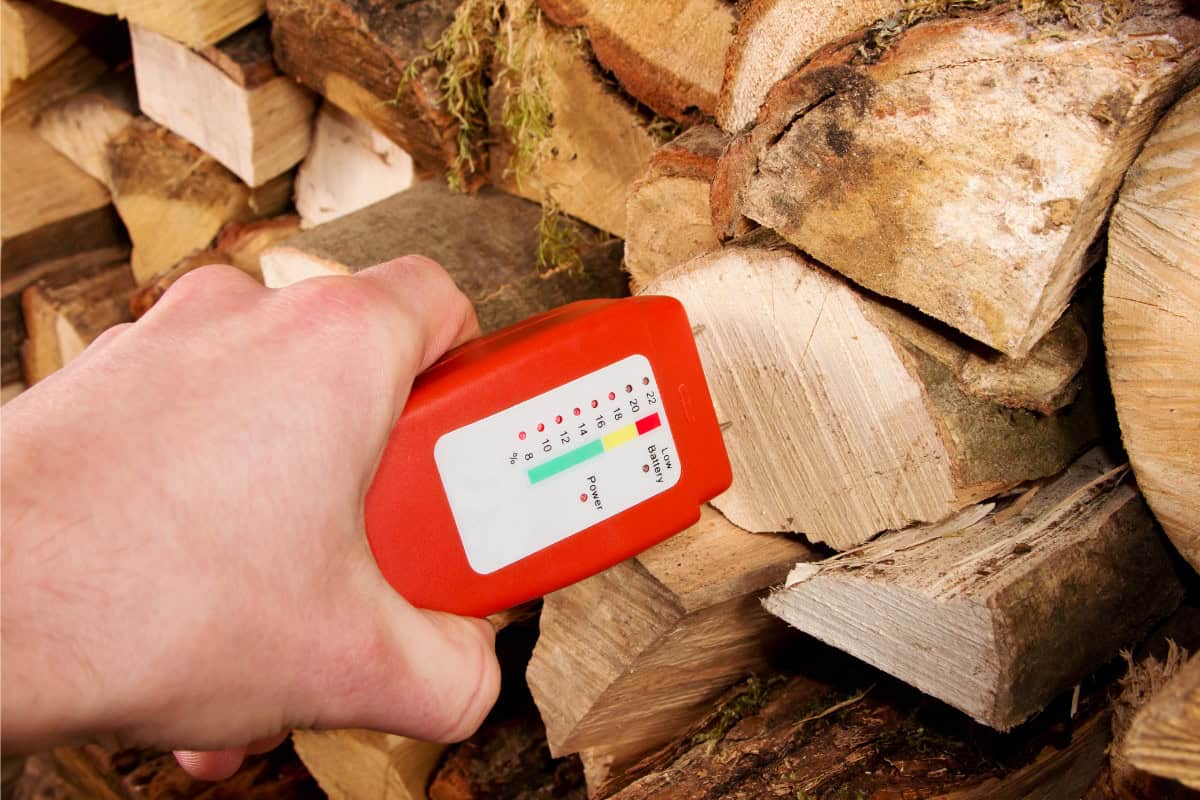
Local suppliers beat retail prices by 15-30% plus you can verify permits
Smart buying saves serious money through timing and volume. Green wood bought in early summer provides maximum savings if you’ve got proper covered storage and patience for 6-12 months of seasoning.
Bulk orders of 3+ cubic meters unlock volume discounts of R200-400+ per cubic meter while reducing delivery costs per cubic meter. These strategies help you manage South African firewood prices over time.
Building a relationship with your local supplier pays off – you’ll often get 15-30% better pricing than retail, plus you can actually inspect the wood quality and verify permits before buying, and they’ll prioritize you when everyone’s scrambling for wood in winter.
Compare South African firewood prices from different local suppliers since garage and petrol station bags cost 70-80% more than bulk buying – only grab those if you need a few logs for one braai.
Check OLX and Facebook Marketplace for suppliers who often have competitive pricing and flexible delivery.
Moisture meters (R200-500) help confirm proper seasoning and avoid wet wood that burns poorly and wastes money.
Traditional ring tests – knocking pieces together to hear dry wood’s sharp ping versus wet wood’s dull thud – work for field testing.
Visual signs include loose bark, weathered look, lighter weight, and that distinctive dry wood smell.

Delivery services are adapting to South African logistics challenges
Expect moderate price increases of 4-6% per year through 2025-2026 driven by permit compliance costs and higher fuel prices. Seasonal demand growth at 5.5% per year plus load shedding backup heating outpaces traditional supply growth, keeping upward pressure on South African firewood prices.
Climate change impacts through increased droughts and transport disruptions threaten long-term supply stability. These factors suggest firewood prices in South Africa will keep trending upward.
Premium options are expanding with certified, permitted products targeting urban consumers who want quality and legal compliance. Delivery services are improving to handle South African logistics challenges for customers willing to pay premiums for professional service and proper documentation.
Sustainable sourcing certification appeals to environmentally conscious buyers while supporting premium pricing. South African firewood prices outlook remains positive despite supply challenges.
Industry consolidation might speed up as successful suppliers invest in permit compliance, covered storage, and delivery fleets to serve growing braai and backup heating demand.
Permit compliance costs favor larger operators who can meet legal requirements and provide proper documentation.
Competition from gas braais and solar systems means firewood suppliers need to emphasize authentic braai flavor and the unique atmosphere only real wood fire provides.

Most braai enthusiasts need 2-4 cubic meters annually – buy local and verify permits
South Africa’s firewood market has evolved from traditional heating to a cornerstone of braai culture and backup energy during load shedding, worth billions annually. You can save 40-60% through summer buying and bulk orders while quality-conscious braai masters find more premium species available with proper permits.
Regional pricing from R600-1500+ per cubic meter reflects transport costs, species availability, and permit compliance – rewarding smart buyers who source locally from licensed suppliers.
If you’re serious about braai culture and need 2-4 cubic meters annually, focus on legal hardwood species from permitted suppliers, time purchases for summer delivery, and invest in proper covered storage for South African climate conditions.
Understanding South African firewood prices helps you make better buying decisions throughout the year. Market growth looks set to continue driven by braai culture and energy uncertainty, supporting long-term industry viability while maintaining premiums for premium species.
The braai tradition isn’t going anywhere, creating sustained demand that makes this seasonal commodity a year-round lifestyle essential with serious economic impact across South African provinces.
For anyone navigating firewood prices in South Africa, success comes down to strategic timing, quality assessment, building relationships with licensed local suppliers, and supporting legal forestry practices that balance alien invasive clearing with sustainable harvesting – preserving South Africa’s natural heritage while fueling the fires that bring families and communities together around the braai.
